The Arabic Verb. Form and meaning in the vowel-lengthening patterns.
The Arabic verbal system is, for most grammarians, the keystone of the language. Notable for the regularity of its patterns, it presents the linguist with an unparalleled opportunity to explore the Saussurean notion of the indivisible sign: form and meaning. Whilst Arabic forms are well-documented, the elucidation of the corresponding meanings has proved more challenging. Beginning with an examination of the verbal morphology of Modern Standard Arabic, including an evaluation of the significance of the consonantal root, this volume then concentrates on establishing the function of the vowel-lengthening verbal patterns (III and VI). It explores issues of mutuality and reciprocity, valency and transitivity, ultimately focusing on atelic lexical aspect as the unified meaning of these patterns. This study is rich in data and relies extensively upon contemporary examples (with transliteration and translation) to illustrate its arguments, adopting an empirical structuralist approach which is aimed both at general linguists and at specialist Arabists.
{{comment.content}}
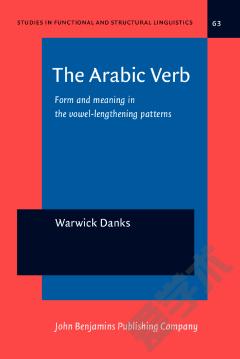
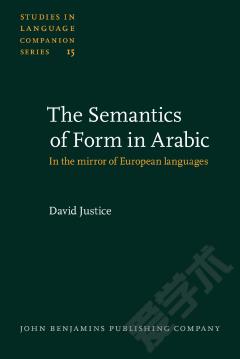
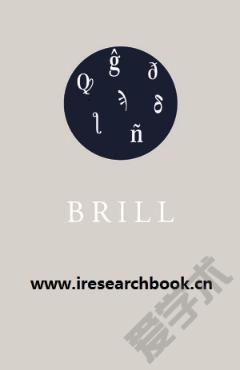
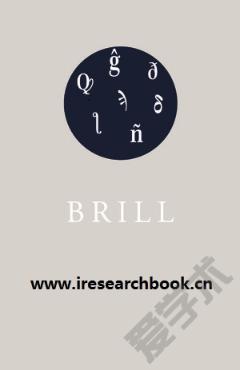
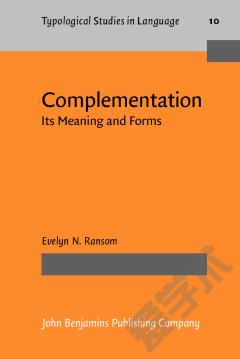
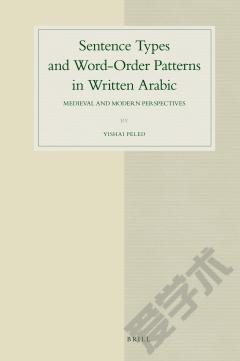


 京公网安备 11010802027623号
京公网安备 11010802027623号